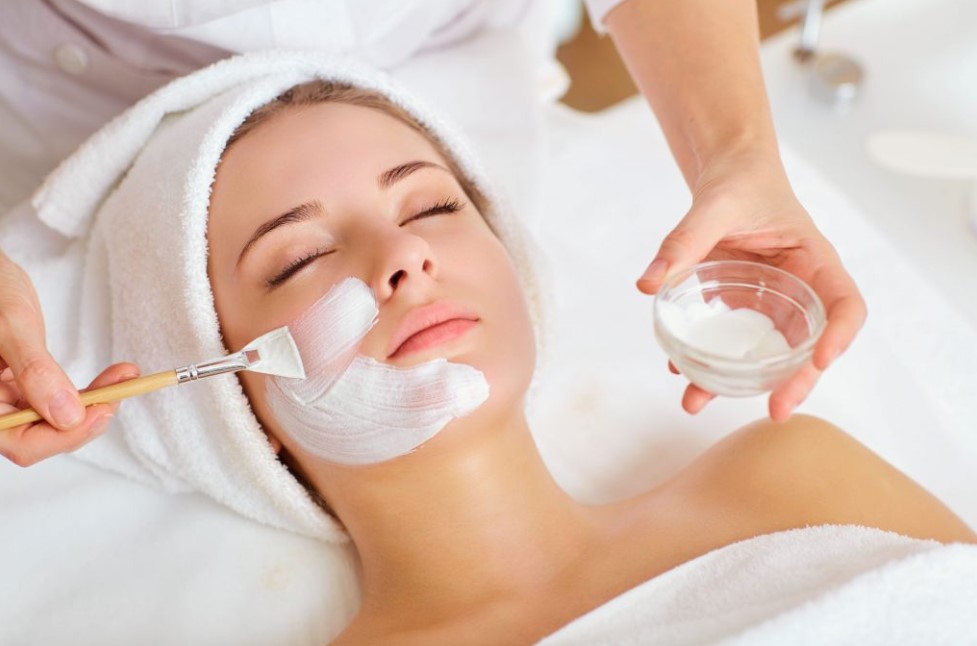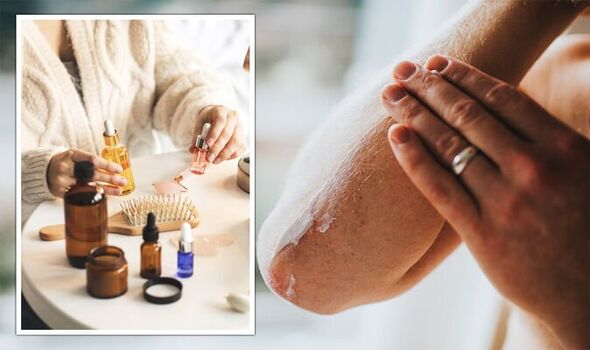Radiant and Healthy Skin
Introduction
Your skin is your body’s largest organ. It acts as a barrier, a shield against environmental pollutants, harmful UV rays, and microorganisms. Skin also reflects your internal health, stress levels, age, and lifestyle. Caring for it is not just about vanity—it’s an essential part of overall well-being.
In this guide, we will explore everything you need to know about skincare, including the basics of skin anatomy, types of skin, common concerns, the ideal skincare routine, beneficial ingredients, lifestyle adjustments, and diet tips to support skin health from within.
Section 1: Understanding the Skin
Before diving into routines and products, it’s helpful to understand how the skin functions.
1.1 Layers of the Skin
The skin has three main layers:
- Epidermis: The outermost layer. It contains keratin and melanocytes (which produce pigment). It provides the first barrier of protection.
- Dermis: The middle layer that houses blood vessels, nerves, hair follicles, sweat glands, and collagen.
- Hypodermis (Subcutaneous layer): The deepest layer composed of fat and connective tissue. It insulates and cushions the body.
1.2 Functions of the Skin
- Protection from external elements
- Temperature regulation via sweat and blood flow
- Sensation through nerve endings
- Vitamin D synthesis
- Wound healing
Skin Types
Identifying your skin type is critical to choosing the right products and developing an effective routine.
2.1 Normal Skin
- Balanced oil and hydration levels
- Few imperfections
- Small pores and even tone
2.2 Oily Skin
- Excess sebum (oil) production
- Enlarged pores
- Prone to acne and blackheads
- Often has a shiny appearance
2.3 Dry Skin
- Lacks natural oils
- May feel tight, flaky, or rough
- Can be sensitive or itchy
2.4 Combination Skin
- Oily T-zone (forehead, nose, chin)
- Dry or normal cheeks
- Requires customized care for each area
2.5 Sensitive Skin
- Easily irritated by products or environment
- May show redness, stinging, or rashes
Common Skin Concerns
3.1 Acne
- Caused by clogged pores, bacteria, or hormones
- Includes blackheads, whiteheads, pimples, cysts
3.2 Hyperpigmentation
- Dark patches due to sun exposure, acne scars, or hormones
3.3 Aging Signs
- Wrinkles, fine lines, sagging
- Loss of collagen and elasticity with age
3.4 Rosacea
- Chronic redness, flushing, and visible blood vessels
3.5 Eczema and Psoriasis
- Inflammatory conditions with itching, scaling, or rashes
The Ideal Daily Skincare Routine

A daily skincare routine forms the backbone of healthy skin. A basic routine has three essential steps: cleanse, treat, and moisturize.
4.1 Morning Routine
- Cleanser
- Use a gentle face wash suited to your skin type
- Removes sweat and oil accumulated overnight
- Toner (optional)
- Balances pH and preps skin for treatment
- Serum
- Look for antioxidants like Vitamin C to brighten and protect
- Moisturizer
- Locks in hydration
- Even oily skin needs moisturizing
- Sunscreen
- SPF 30 or higher, broad spectrum
- Vital for preventing premature aging and skin cancer
4.2 Night Routine
- Makeup remover/cleanser
- Double cleanse if wearing makeup or sunscreen
- Exfoliator (1–3 times a week)
- Removes dead skin cells
- Choose chemical exfoliants (AHA/BHA) over harsh scrubs
- Toner or essence
- Treatment/Serum
- Retinoids, peptides, or spot treatments
- Moisturizer
- Use a richer cream if needed
- Eye cream (optional)
- Targets puffiness, dark circles, or fine lines
Ingredients to Know
Choosing products can be overwhelming, so knowing key ingredients helps you make informed decisions.
5.1 Hydrating Ingredients
- Hyaluronic Acid: Holds 1000x its weight in water
- Glycerin: Draws moisture into the skin
5.2 Anti-Aging Ingredients
- Retinol/Retinoids: Increase cell turnover, reduce wrinkles
- Peptides: Stimulate collagen production
- Niacinamide: Evens tone, reduces pores
5.3 Brightening Ingredients
- Vitamin C: Fades pigmentation, fights free radicals
- Licorice root: Soothes and brightens
- Kojic acid: Reduces melanin production
5.4 Acne-Fighting Ingredients
- Salicylic Acid (BHA): Penetrates pores, removes sebum
- Benzoyl Peroxide: Kills acne-causing bacteria
- Sulfur and Tea Tree Oil: Natural anti-bacterials
5.5 Soothing Ingredients
- Aloe Vera
- Chamomile
- Centella Asiatica (Cica)
Diet and Lifestyle for Better Skin
Your lifestyle significantly affects skin health. Topical products help, but true radiance comes from within.
6.1 Hydration
- Drink at least 2 liters of water daily
- Herbal teas and water-rich fruits help too
6.2 Balanced Diet
- Fruits & Vegetables: Rich in antioxidants (berries, spinach)
- Healthy Fats: Omega-3s from fish, nuts, flaxseed
- Protein: Builds skin tissue (eggs, tofu, legumes)
6.3 Foods to Avoid
- Excess sugar and dairy may trigger acne
- Highly processed foods can cause inflammation
6.4 Sleep
- Aim for 7–9 hours per night
- Skin repairs itself while you sleep
6.5 Stress Management
- Stress hormones can worsen acne and eczema
- Try yoga, meditation, or deep breathing
6.6 Exercise
- Improves circulation, which nourishes the skin
- Sweating helps detoxify pores
Seasonal Skincare Tips
7.1 Summer
- Use oil-free or gel moisturizers
- Reapply sunscreen every 2 hours
- Light exfoliation to manage sweat-related congestion
7.2 Winter
- Switch to thicker creams
- Add a hydrating serum
- Avoid long, hot showers that dry skin
Skincare Myths Busted
Myth 1: “Oily skin doesn’t need moisturizer.”
- Wrong! Lack of moisture can cause your skin to produce even more oil.
Myth 2: “Natural products are always better.”
- Not always. Poison ivy is natural but harmful. Some skin types react to essential oils or plant extracts.
Myth 3: “You can shrink your pores.”
- Pore size is genetic. You can reduce their appearance, but not permanently shrink them.
Myth 4: “If it burns, it’s working.”
- Burning often signals irritation—not effectiveness.
When to See a Dermatologist
Professional help is necessary when:
- Acne is severe or painful
- You have sudden skin changes
- Over-the-counter products don’t help
- You suspect a skin condition like eczema, psoriasis, or melanoma
Building a Personalized Skincare Routine
10.1 Patch Testing
Always test a new product on a small patch of skin to avoid reactions.
10.2 Introduce Slowly
Start one new product at a time, especially actives like retinol or acids.
10.3 Keep it Simple
More isn’t always better. A consistent, simple routine is more effective than an overloaded shelf.
Conclusion
Skincare is both science and self-care. It’s a long-term investment in your health, confidence, and self-respect. Start with understanding your skin type and concerns. Build a daily routine, choose the right ingredients, adopt a balanced lifestyle, and be patient. Results take time—but with consistency and care, radiant and healthy skin is achievable for everyone.
